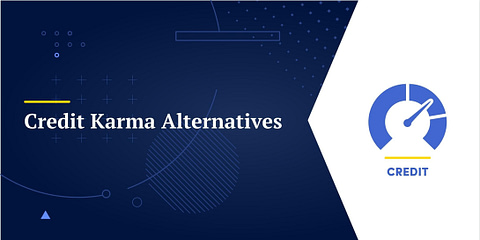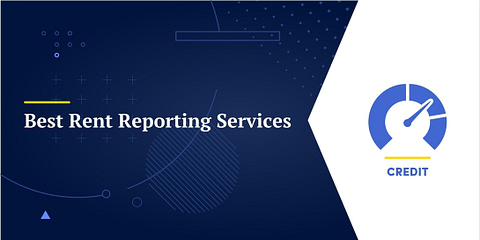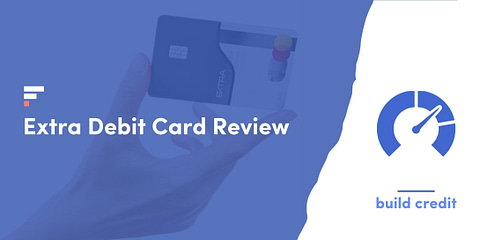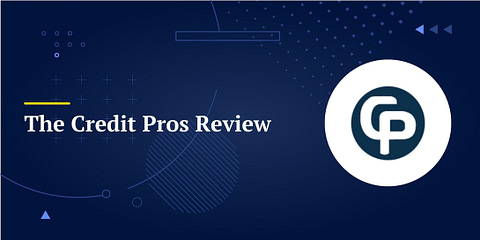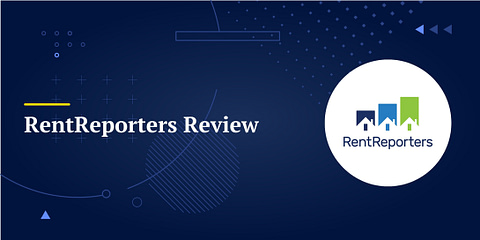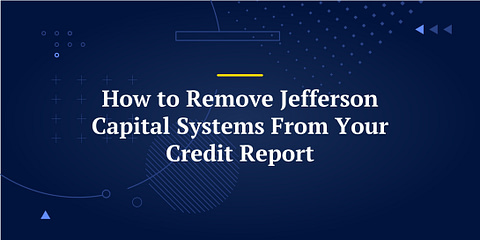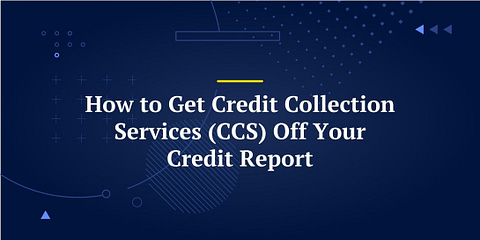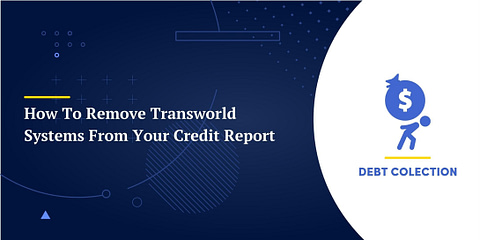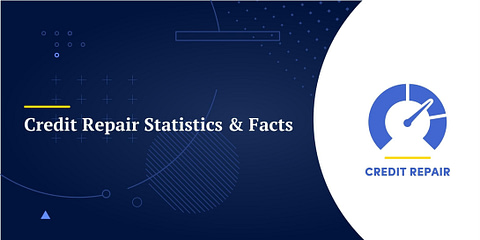What do American credit scores tell us about the state of American finances? This compilation of credit score statistics aims to find out.
Despite the significant influence of credit scores in loan applications, credit card approvals, apartment rentals, and job searches, many individuals find it challenging to understand and improve their credit scores and. These credit score statistics could provide valuable insights into your current credit situation, serving as a crucial initial step toward improvement!
In this post:
- Key findings
- Average credit score in the US
- How many people have a perfect credit score?
- How many people have subprime credit?
- How many 18 years old have credit scores?
- How many people are credit invisible?
- How often do people check their credit reports?
- What Percent of Credit Reports Contain Errors?
- How many people disputed their credit reports?
- FAQ
Key Findings
- The average credit score in the US is 714 as of 2022.
- The Silent Generation records the highest average score of any age group with a 760 average.
- Native American communities recorded the lowest average score of 612.
- Minnesota is the state with the highest average score (742), while Mississippi has the lowest (680).
- Only 1.3% of Americans have the best possible credit score of 850.
- Nearly 1 in 3 U.S. consumers have subprime credit.
- 9.68% of the U.S adult population is “credit invisible”.
- 34% of credit reports contain errors.
- Credit report disputes are at an all-time high.
The Average Credit Score in the US
The average FICO score in the US in 2022 was 714, unchanged from the previous year.[1]✓
✓ Trusted source
Experian
Experian is one of the three largest credit bureaus in the U.S. Experian collects credit information on individuals. This information is used to rate overall ability to pay debt.
Although the year 2021 was still heavily affected by the pandemic, the economy managed to grow at a 6.9% annual rate. Federal relief programs like stimulus checks and the student loan payment freeze played a key role in the credit score increase. Many borrowers managed to keep up with their debt obligations and avoid damage to their credit scores. Some of them actually managed to improve their credit scores.
Average Credit Score by Age
Credit score statistics by age show that older people tend to have higher credit scores. They have greater incomes, more credit history, and far more experience in managing credit, and their youthful mistakes have long since dropped off their credit reports.
People aged 18-24 (Gen Z) have the lowest average scores (679) and those aged 76+ (Silent Gen) have the highest average scores (760).[1]✓
✓ Trusted source
Experian
Experian is one of the three largest credit bureaus in the U.S. Experian collects credit information on individuals. This information is used to rate overall ability to pay debt.
- 679 Generation Z
- 687 Millennials
- 706 Generation X
- 742 Baby Boomers
- 760 Silent Generation
Average Credit Score by Race
In 2021, the highest average score was recorded by White communities with a 727 average score, followed by Hispanic communities with an average of 667, and Black communities with 627.
Native American communities recorded the lowest average score with a 612 average.[3]
Average Credit Score by State
Credit scores have been on the rise in all states, although that growth has been the slowest in Southern states, which still have the lowest average credit scores. Midwestern states on the other hand have maintained the highest average credit score.
The state of Minnesota had the highest average score of 742, while the state of Mississippi registered the lowest score of 680. The perfect average – a credit score of 714 – was registered by the state of Delaware.[1]✓
✓ Trusted source
Experian
Experian is one of the three largest credit bureaus in the U.S. Experian collects credit information on individuals. This information is used to rate overall ability to pay debt.
Fun Fact: The Villages, advertised as Florida’s Friendliest Active Adult 55+ Retirement Community, is the city with the highest average credit score in the US.[2]
How Many People Have a Perfect Credit Score?
Having the perfect credit score seems like the ultimate goal, but credit score statistics show that only 1.3% of Americans have an exceptional credit score of 850. The good news is that any score above 810 is considered perfect by most lenders. With a score above 810 lenders will offer you the best terms and the lowest interest rates.[4]✓
✓ Trusted source
Experian
Experian is one of the three largest credit bureaus in the U.S. Experian collects credit information on individuals. This information is used to rate overall ability to pay debt.
How Many People Have Bad Credit?
30% of U.S. consumers had a credit score between 580 and 669 in 2021.
Although the numbers look grim, with nearly 1 in 3 people having subprime credit, the trend is positive. The number of subprime consumers dropped by 4% from 2020.[5]✓
✓ Trusted source
Experian
Experian is one of the three largest credit bureaus in the U.S. Experian collects credit information on individuals. This information is used to rate overall ability to pay debt.
How Many 18 Years Old Have Credit Scores?
Roughly 16% of 18-year-olds have credit scores, the remaining 84% being “credit invisible”, stale unscored, or insufficiently scored.[6]✓
✓ Trusted source
Consumer Financial Protection Bureau
CFPB is an independent bureau within the Federal Reserve System that promotes fairness and transparency for consumer financial products and services.
How Many People Are Credit Invisible?
CFPB data from 2015 indicates that 26 million consumers are “credit invisible” and another 19.4 million have thin credit files.[2]✓
✓ Trusted source
Consumer Financial Protection Bureau
CFPB is an independent bureau within the Federal Reserve System that promotes fairness and transparency for consumer financial products and services.
That means that 11% of the U.S adult population at that time was part of the “credit invisible” category.
Credit Invisible Americans by Income Level
About 29% of consumers with low income fall into the “credit invisible” category. Meanwhile, statistics show that those with moderate income represent 18%, those with middle income 11%, and only 4% of the consumers with upper income are “credit invisible”.[6]✓
✓ Trusted source
Consumer Financial Protection Bureau
CFPB is an independent bureau within the Federal Reserve System that promotes fairness and transparency for consumer financial products and services.
Credit Invisible Americans by Age
65% of teenagers aged 18-19 are credit invisible, representing the age group with the highest percentage of consumers that are part of the credit invisible category.
The lowest percentage of credit invisible consumers was reported in the 60-64 age group (only 3%).[6]✓
✓ Trusted source
Consumer Financial Protection Bureau
CFPB is an independent bureau within the Federal Reserve System that promotes fairness and transparency for consumer financial products and services.
Credit Invisible Americans by Race
Statistics show that 16% of Hispanic consumers are credit invisible, followed by Black consumers (15%), Other consumers (14%), Asian consumers (10%), and White consumers (9%).[6]✓
✓ Trusted source
Consumer Financial Protection Bureau
CFPB is an independent bureau within the Federal Reserve System that promotes fairness and transparency for consumer financial products and services.
Credit Invisible Americans by Age and Race
Minority populations are generally more likely to be credit invisible or have unscored credit records. Although the percentages are quite high for the 18-19 age groups, we can see that by the age of 20-24 the numbers decrease significantly and are relatively steady until the age of 60-64 when they grow again.[6]✓
✓ Trusted source
Consumer Financial Protection Bureau
CFPB is an independent bureau within the Federal Reserve System that promotes fairness and transparency for consumer financial products and services.
How Often Do People Check Their Credit Reports?
A survey conducted in 2020 shows that only 33% of Americans checked their credit reports in the past year.
Just 20% of those aged 75 and older reviewed their credit report in the last year, placing them at an increased risk of fraud.[7]
What Percent of Credit Reports Contain Errors?
A study by the Consumer Reports shows that 34% of the participants found at least one error on their credit reports, most of them being related to their personal information (29%) and their account information (11%).[8]✓
✓ Trusted source
Consumer Reports
Consumer Reports is a non-profit consumer group devoted to independent product testing, accountability reporting, consumer-focused research, public education, and consumer advocacy in the United States.
| Wrong address | 56 |
| Name Misspelled | 33 |
| Wrong name | 17 |
| Other (e.g: wrong phone number) | 37 |
| Unknown accounts | 41 |
| Unknown debt report to collections | 26 |
| Payments reported late but made on time | 23 |
| Missed payments not reported as being paid | 12 |
| Other (e.g: another account added) | 33 |
How Many People Disputed Their Credit Reports?
In 2022, consumers filed more than 600,000 complaints about credit reporting issues — more than half of all complaints received last year by the Consumer Financial Protection Bureau.[9]✓
✓ Trusted source
Consumer Financial Protection Bureau
CFPB is an independent bureau within the Federal Reserve System that promotes fairness and transparency for consumer financial products and services.
The rise in consumer complaints has been growing by over 20% per year since 2016 when CFPB started tracking the numbers.
The complaints to the CFPB about credit reporting issues have continued to rise in 2023, with over 200,000 complaints filed in the first three months of the year alone.
FAQ:
A VantageScore between 700 and 749 usually falls into the “good” credit score category. But keep in mind that there are various types of credit scores and you cannot rely on a single type to understand your credit score situation.
The highest credit score is 850, for both FICO and VantageScore. Only 1.3% of Americans have a credit score of 850.
You can check your score for free by logging in to your card’s member site (this is usually a perk of the card that you own) or through your bank. Another way to easily access your credit score is by using a third party site such as MyFICO or Experian.
Both FICO and the VantageScore start at 300 and go as high as 850. Check your credit score for free through your bank or your card issuer’s website.
Your FICO score is made up of five different factors:
1. Payment history (35%),
2. Amounts owed (30%)
3. Length of credit history (15%)
4. New credit (10%)
5. Credit mix (10%)


